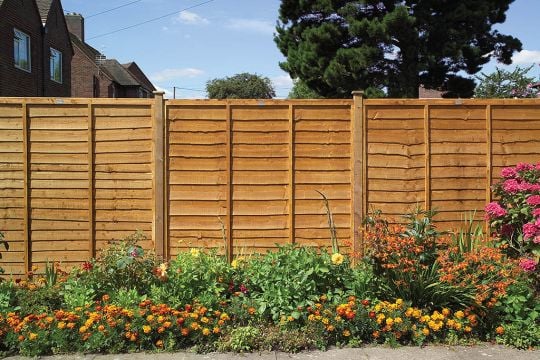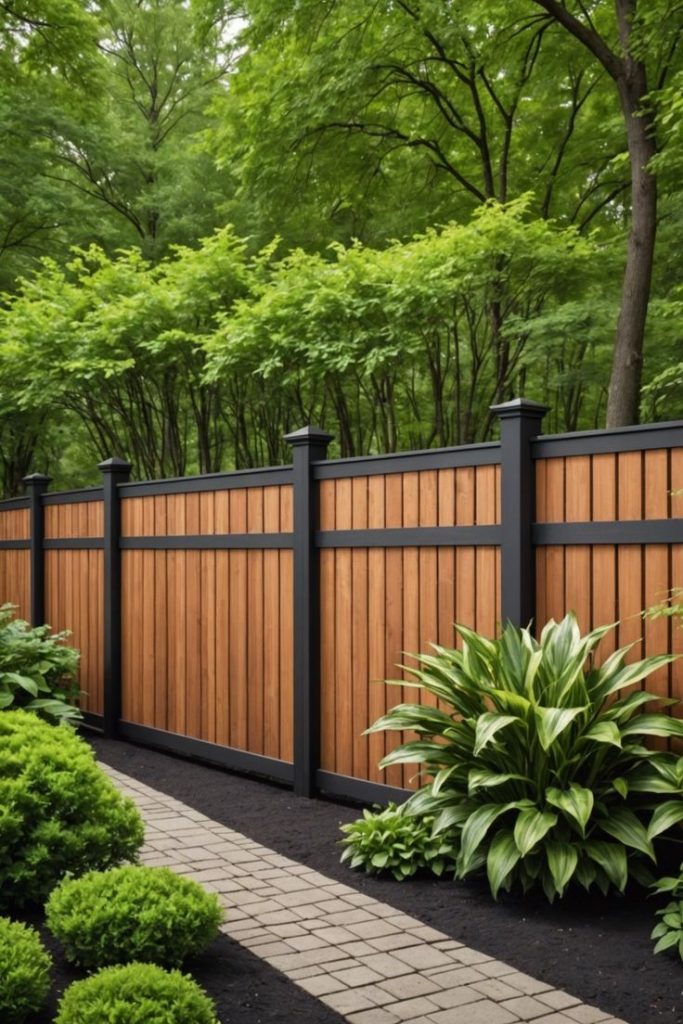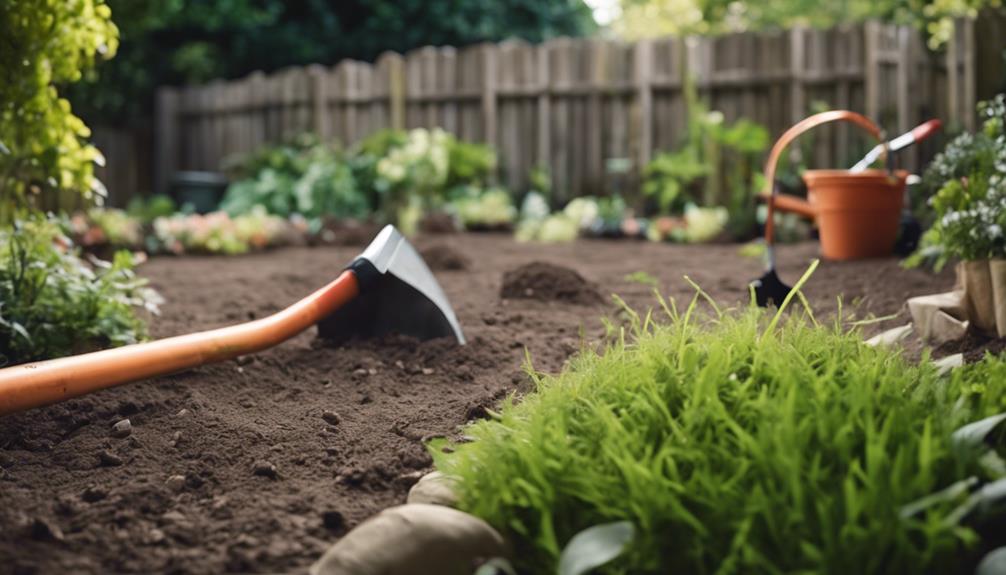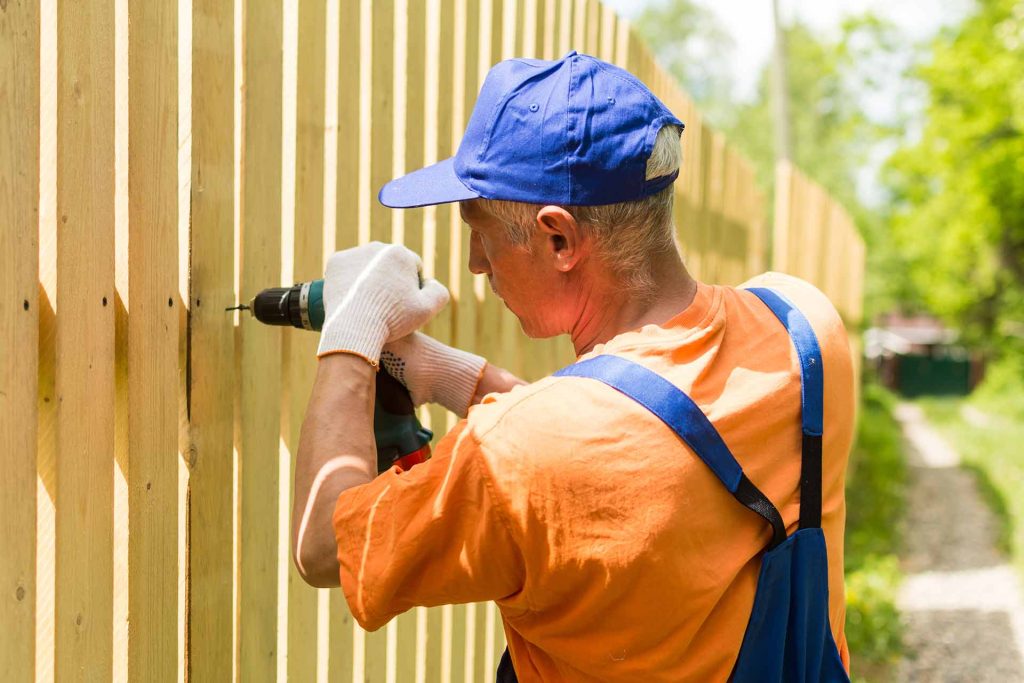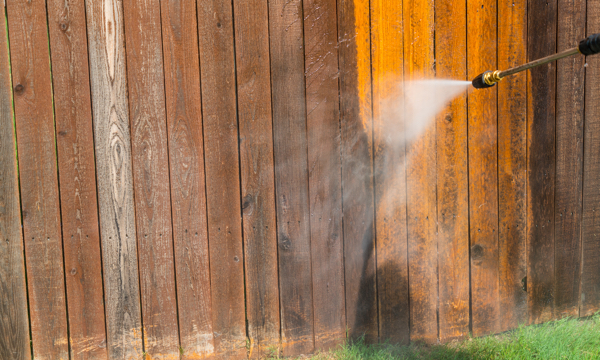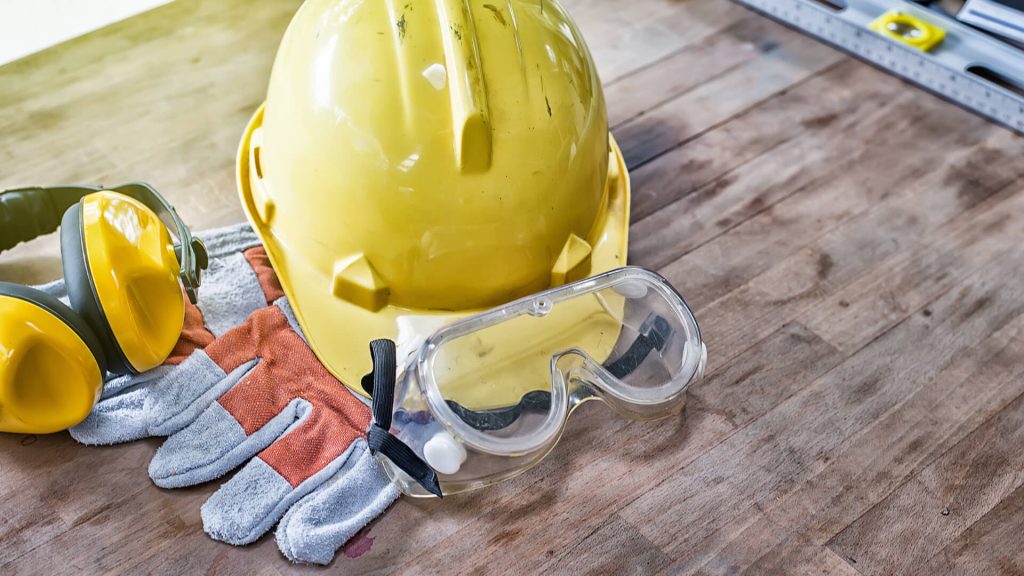Are you thinking about adding a new fence to your property? Whether for privacy, security, or simply to enhance the aesthetic appeal of your home, building a fence is an exciting project for any homeowner and DIY enthusiast. But before you grab your tools and start digging, there are several important factors you need to consider to ensure your fence stands the test of time.
In this comprehensive guide, we’ll walk you through the key aspects of planning and constructing a new fence. By the end of this read, you’ll be ready to build a fence that not only serves its purpose but also enhances the value and charm of your home.
Understanding Your Purpose
Before you start building, it’s crucial to understand why you need a fence. Are you looking for privacy, security, or simply to mark your territory?
Privacy
If privacy is your main concern, you’ll need a fence that is tall enough to block views from neighbouring properties. Materials like wood and vinyl are excellent choices for privacy fences due to their solid construction.
Security
For homeowners focused on security, a sturdy fence made from materials like metal or composite can deter potential intruders. Adding features such as spikes or trellises can further enhance security.
Aesthetic Appeal
Sometimes, a fence is all about curb appeal. Picket fences, for instance, can add a charming touch to your home. Materials like wood and wrought iron are popular for decorative fences.
Choosing the Right Material
The material you choose will significantly impact the durability, maintenance, and overall look of your fence. Here are some popular options:
Wood
Wooden fences are classic and versatile. They can be painted or stained to match your home’s exterior, but they do require regular maintenance to prevent rot and insect damage.
Vinyl
Vinyl fences are low-maintenance and durable and they come in various styles and colours, making them an excellent choice for homeowners who want a no-fuss option.
Metal
Metal fences, including aluminium and wrought iron, are incredibly durable and offer a high level of security. However, they can be more expensive and may require periodic maintenance to prevent rust.
Measuring Your Property
Accurate measurements are essential for building a fence that fits perfectly.
Survey Your Land
Start by surveying your property to identify the boundaries. This step is crucial to avoid building on your neighbour’s land, which could lead to disputes.
Measure Twice, Cut Once
The old adage “measure twice, cut once” cannot be overstated. Ensure you have precise measurements for the length and height of your fence to avoid costly mistakes.
Consider Gate Placement
Don’t forget to plan for gates. Firstly, decide where you’ll place them and ensure they are wide enough for easy access.
Preparing the Ground
Proper ground preparation is key to a sturdy fence.
Clear the Area
Remove any debris, rocks, or vegetation from the area where you plan to build your fence. This will make the installation process smoother.
Mark the Post Locations
Use stakes and string to outline the fence line and mark the locations for the posts. Ensure they are evenly spaced for a uniform look.
Dig Deep
For a stable fence, post holes should be at least one-third the length of the post. Use a post hole digger to make the job easier.
Installing the Fence Posts
The posts are the backbone of your fence, so it’s crucial to install them correctly.
Choose the Right Posts
The type of post you choose depends on your fence material. Wooden posts are common for wood and vinyl fences, while metal posts work well for metal fences.
Set the Posts
Place the posts in the holes and fill them with concrete to ensure stability then use a level to make sure each post is perfectly vertical.
Allow Time to Set
Give the concrete time to set before attaching the fence panels. This usually takes 24 to 48 hours.
Attaching Fence Panels or Rails
With the posts in place, it’s time to attach the fence panels or rails.
Follow the Manufacturer’s Instructions
If you’re using pre-made panels, follow the manufacturer’s instructions for installation as this ensures the panels are attached securely and correctly.
Use Galvanized Nails or Screws
For wood fences, use galvanized nails or screws to prevent rust. Make sure the fixings are long enough to securely attach the panels to the posts.
Check for Level
Periodically check that the panels are level as you work. This will ensure a uniform and professional-looking finish.
Finishing Touches
The details can make all the difference in the final appearance of your fence.
Add Post Caps
Post caps are not only decorative but also help protect the posts from weather damage. Choose caps that complement the style of your fence.
Paint or Stain
If you’ve opted for a wooden fence, consider painting or staining it. This adds an extra layer of protection and enhances the fence’s appearance.
Landscape Around the Fence
Landscaping around your fence can add to its aesthetic appeal. Consider planting flowers or shrubs to create a cohesive look.
Maintaining Your Fence
Regular maintenance will keep your fence looking great and extend its lifespan.
Inspect Regularly
Periodically inspect your fence for signs of damage or wear. Address any issues promptly to prevent them from worsening.
Clean Annually
An annual cleaning can remove dirt, mildew, and grime. Use a power washer for vinyl and metal fences, and a scrub brush and mild detergent for wood fences.
Repair as Needed
Fix any loose boards, nails, or screws as soon as you notice them. This prevents small problems from becoming major repairs.
Understanding The Costs
Budgeting for your fence project is essential to avoid any unexpected expenses.
Material Costs
The cost of materials can vary widely. Wood is usually the cheapest option, while vinyl and metal are more expensive.
Labour Costs
If you’re hiring professionals, factor in labour costs. DIY can save money, but it requires time and effort.
Maintenance Costs
Don’t forget to account for ongoing maintenance costs. While vinyl may be more expensive upfront, it could save you money in the long run due to lower maintenance needs.
Safety Tips
Building a fence involves some risks. Here’s how to stay safe.
Wear Protective Gear
Always wear protective gear, including gloves, safety glasses, and sturdy footwear. This will protect you from injuries.
Be Aware of Underground Utilities
Before you dig, check for underground utilities. Hitting a gas line or electrical cable can be dangerous and costly.
Use Tools Properly
Ensure you know how to use all the tools required for the project. Improper use can lead to
The Joy of a Completed Fence
There’s nothing quite like the satisfaction of completing a DIY project. Your new fence will not only serve its intended purpose but also add value and beauty to your home. Enjoy your handiwork and the compliments from neighbours and visitors.
Get Started Today!
Ready to build your dream fence? With these considerations in mind, you’re well on your way to a successful project. If you need more guidance or have any questions, our expert team is here to help. Start planning today, and soon you’ll be enjoying the benefits of a beautiful, functional fence.
Happy building!

